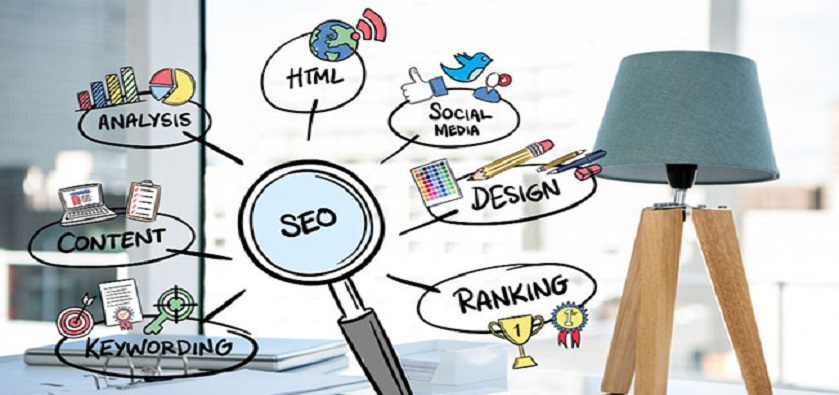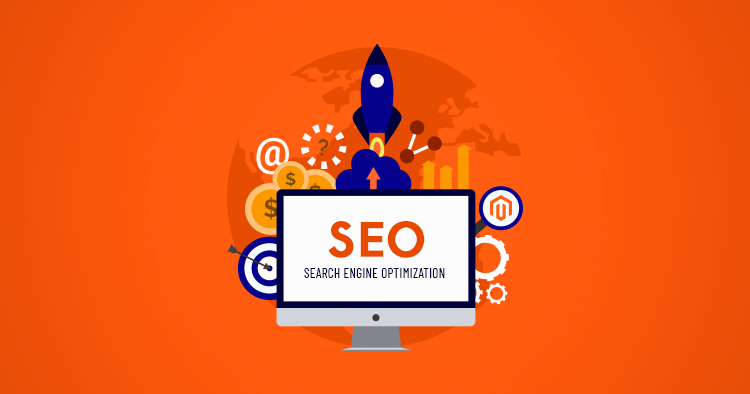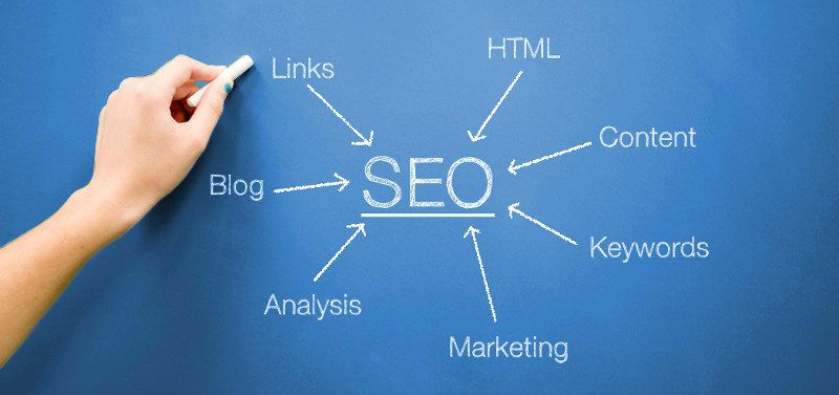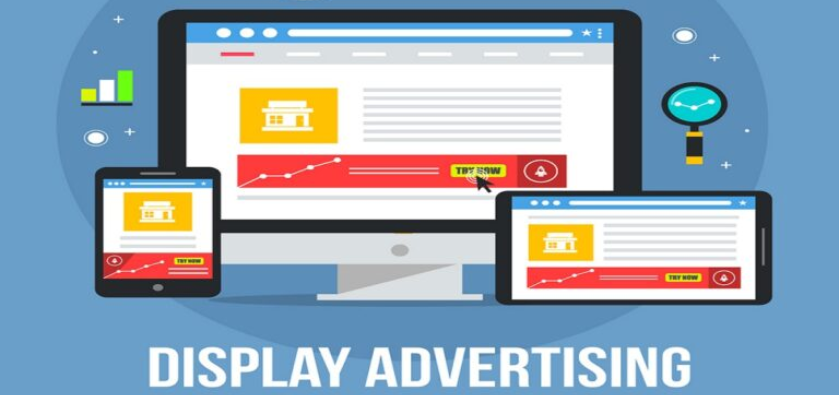Introduction
No matter what kind of small business you run, you’re going to want to increase your sales and grow your revenue. That’s why so many people are interested in how to grow a small business.
Starting and growing a small business can be an exciting and fulfilling journey, but it also comes with its fair share of challenges. To ensure long-term success and sustainability, it is essential to have a solid growth strategy in place. In this article, we will explore ten easy steps that can help you grow your small business effectively. From defining your business goals and target audience to developing a strong brand identity, building an online presence, and nurturing customer relationships, we will provide you with actionable insights and practical tips to take your business to the next level. So, let's dive in and discover the key steps to grow your small business successfully.
Why is advertising needed in any business?
Advertising is a powerful tool that can help businesses of all sizes reach their target audience and achieve their goals. Here are some of the reasons why top advertising platforms are important for any business:
Generate awareness: Advertising can help businesses get their name out there and let potential customers know what they have to offer. This is especially important for new businesses or businesses that are launching new products or services.
Influence purchase decisions: Advertising can influence consumers' purchase decisions by making them aware of a product or service, educating them about its benefits, and creating a positive association with the brand.
Differentiate from competitors: Advertising can help businesses differentiate themselves from their competitors by highlighting their unique selling points. This can be done by focusing on the product's quality, features, or benefits.
Increase sales: Advertising can directly increase sales by driving traffic to a business's website or store. It can also indirectly increase sales by generating leads or creating brand awareness.
Build brand reputation: Advertising can help businesses build a positive brand reputation by positioning themselves as experts in their field or by associating themselves with positive values.
Define your business goals and target audience
Clearly define your business goals
Starting a small business can feel overwhelming, but having clear goals is the first step to success. Take the time to outline what you want to achieve with your business. Whether it's increasing revenue, expanding into new markets, or simply providing a service that makes people's lives easier, knowing your objectives will help you stay focused and motivated.
Identify and analyze your target audience
Understanding your target audience is vital for any business. Who are your customers? What are their needs and pain points? By conducting market research and analyzing your potential customer base, you can tailor your products or services to meet their specific demands. This knowledge will guide your marketing efforts and help you reach the right people with the right message.
Develop a strong brand identity
Craft a compelling brand story
Your brand is more than just a logo or a name. It's the story behind your business that resonates with customers. What inspired you to start your small business? What unique value do you offer? Use these elements to craft a compelling brand story that captures the essence of your business and connects with your target audience on an emotional level.
Design a memorable and visually appealing logo
A logo is often the first visual representation of your brand that customers encounter. Make sure it leaves a lasting impression. A well-designed, visually appealing logo can convey professionalism, creativity, and trustworthiness. Consider hiring a professional designer or using online tools to create a logo that truly represents your brand.
Establish consistent brand messaging
Consistency is key when it comes to building a recognizable brand. Establishing consistent brand messaging across all your marketing materials, from your website to your social media posts, helps create a cohesive brand experience for your audience. Make sure your messaging aligns with your brand story and values, and use it consistently across all customer touchpoints.
Build an effective online presence
Create a professional website
In today's digital age, a professional website is essential for any business. It's often the first place people go to learn more about your products or services. Invest in building a user-friendly, visually appealing website that showcases your brand, provides relevant information, and makes it easy for customers to contact you.
Optimize your website for search engines (SEO)
Having a great website is pointless if nobody can find it. That's where Search Engine Optimization (SEO) comes in. By optimizing your website with relevant keywords, meta tags, and high-quality content, you can improve its visibility in search engine results. This helps potential customers find you when they're searching for products or services related to your business.
Leverage social media platforms
Social media platforms offer an excellent opportunity to engage with your target audience and build brand awareness. Identify the platforms where your audience is most active and create compelling content that resonates with them. Regularly posting updates, responding to comments, and engaging in conversations will help you grow your online presence and connect with potential customers.
Create a comprehensive marketing strategy
Identify and prioritize marketing channels
With so many marketing channels available, it's important to identify the ones that will yield the best results for your small business. Consider your target audience and their preferences. Are they more likely to respond to email marketing, social media ads, or traditional advertising? Prioritize your marketing efforts on the channels that will reach your audience effectively and maximize your return on investment.
Develop a content marketing plan
Content marketing is a powerful tool for small businesses. By creating valuable and relevant content, you position yourself as an expert in your industry and build trust with your audience. Develop a content marketing plan that includes blog posts, videos, infographics, or any other medium that resonates with your target audience. Consistently delivering high-quality content will attract and retain customers.
Implement targeted advertising campaigns
Targeted advertising allows you to reach specific segments of your target audience with tailored messages. Use the insights gained from understanding your audience to create compelling ads that resonate with their interests and needs. Platforms like Facebook and 7Search PPC are the top advertising platforms that offer the best targeting options, allowing you to reach potential customers based on demographics, interests, and online growth behavior.
Remember, growing a small business takes time and effort. Stay focused, adapt to changes in the market, and be open to learning from both successes and failures. With determination and a well-executed plan, your small business can thrive and achieve its goals.
Nurture customer relationships and provide exceptional service
Prioritize customer satisfaction and feedback
When it comes to growing your small business, keeping your customers happy is key. Prioritize customer satisfaction by going above and beyond to meet their needs. Listen to their feedback, address their concerns, and make improvements based on their suggestions. Remember, a happy customer is a loyal customer.
Establish personalized communication channels
In a world full of automated messages and generic responses, stand out by establishing personalized communication channels with your customers. Get to know them on a more personal level, address them by name, and tailor your messaging to their specific needs and preferences. Whether it's through email, social media, or even handwritten notes, show your customers support as you value their individuality.
Offer loyalty programs and incentives
Keep your customers coming back for more by offering loyalty programs and incentives. Reward their loyalty with exclusive discounts, freebies, or special perks. Not only will this encourage repeat business, but it will also make your customers feel appreciated and valued. After all, who doesn't love a little extra something for their continued support?
Maximize productivity and streamline operations
Implement efficient project management tools
When it comes to growing your small business, time is precious. Implement efficient project management tools to streamline your operations and maximize productivity. From task management to team collaboration, these tools can help you stay organized, delegate tasks, and ensure everyone is working towards the same goals. Plus, you'll have more time to focus on the important stuff, like growing your business.
Automate repetitive tasks
Don't waste your valuable time on repetitive tasks that can easily be automated. Embrace technology and automate processes like invoicing, inventory management, and social media scheduling. Not only will this free up your time, but it will also reduce the risk of human error and ensure consistency in your operations. It's like having a virtual assistant, minus the coffee runs.
Optimize inventory and supply chain management
Inefficient inventory and supply chain management can eat away at your profits and hinder your growth. Take the time to optimize these processes by implementing inventory management systems, forecasting demand, and building strong relationships with suppliers. By staying on top of your inventory and ensuring timely deliveries, you'll be able to meet customer demands and keep your business running smoothly.









